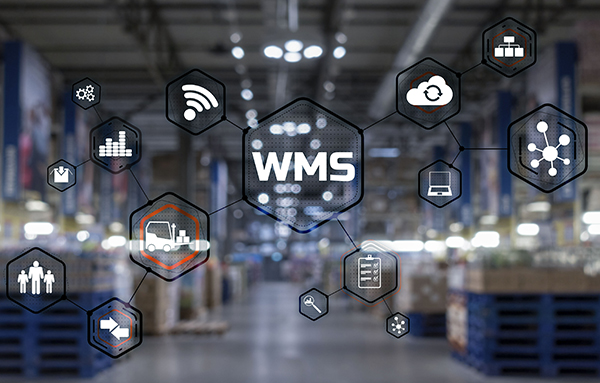10 Best Practices for a Successful 3PL Warehouse Business

As a leading 3PL warehousing software company, we are constantly looking for ways to improve efficiencies and increase the value of 3PL warehouses. Here are our top 10 suggestions that can lead to more success when managing a 3PL (Third-Party Logistics) warehouse business:

1. Implement Real-Time Inventory Tracking
Real-time inventory tracking is a system that updates inventory levels immediately as changes occur. This can be achieved more easily through technologies like barcoding. It provides visibility into current stock levels, location of items, and the status of inbound and outbound shipments. This real-time data can help prevent stockouts and overstock situations, improving customer satisfaction and reducing carrying costs.
2. Leverage Automation
Automation in a warehouse can range from software workflows and triggers to automated storage and retrieval systems (AS/RS), robotics, and AI. These technologies can automate repetitive tasks such as picking, packing, and sorting, reducing manual labor and minimizing errors. Automation can also speed up operations, allowing for faster order fulfillment and improved customer service.
3. Optimize Warehouse Layout
The layout of a warehouse can play a significant role in its efficiency. A well-organized warehouse ensures that high-velocity items are easily accessible, reducing travel time for pickers. It also considers safety, ensuring clear paths and minimizing the risk of accidents. Regularly reviewing and optimizing the layout can lead to improved productivity and operational efficiency.
4. Integrate Systems
Integration between your WMS and other systems like shopping carts, marketplaces, carrier systems, and ERP systems can provide a unified view of the operation. Integrated systems allow for seamless data flow, reduction in manual data entry and lower risk of errors. It also supports better decision-making, as managers have access to accurate, up-to-date information for forecasting and planning.
5. Regular Training
Training is essential to ensure that all staff members understand how to use the WMS and follow warehouse procedures. This can improve productivity and reduce errors. Training should also cover safety procedures to prevent accidents. Regular refresher training ensures that staff stay up-to-date as procedures and technologies change.
6. Advanced Picking Methods
Advanced picking methods like wave, batch, or zone picking can improve efficiency in the warehouse. For example, wave picking involves grouping orders into waves based on certain criteria (like delivery times), allowing for more efficient picking and packing. These methods can reduce travel time for pickers and speed up order fulfillment.
7. Implement Cycle Counting
Cycle counting is a process where a subset of inventory is counted on a specified day. This is in contrast to a full inventory count which can disrupt operations. Regular cycle counting can improve inventory accuracy, identify discrepancies early, and allow for timely corrections. This can reduce the risk of stockouts and overstocks, improving customer service.
8. Prioritize Safety
Safety should always be a priority in a warehouse. This includes regular safety audits, proper training, and adherence to regulations. Ensuring a safe working environment can prevent accidents, reduce downtime, and improve staff morale. It also helps to avoid potential legal issues and fines.
9. Continuous Improvement
Continuous improvement involves regularly reviewing your processes, getting feedback from staff, and staying updated with the latest industry trends. This can help identify areas for improvement and implement changes that can boost efficiency and productivity. It also fosters a culture of innovation and adaptability, which is crucial in the fast-paced logistics industry.
10. Choose the Right WMS
Choosing the right WMS for your business is crucial. The right system should be scalable to grow with your business, customizable to suit your specific needs, and able to integrate with your existing systems. It should also provide robust reporting and analytics capabilities, and come with reliable support. The right WMS can streamline operations, improve efficiency, and provide the insights you need to make informed decisions.
